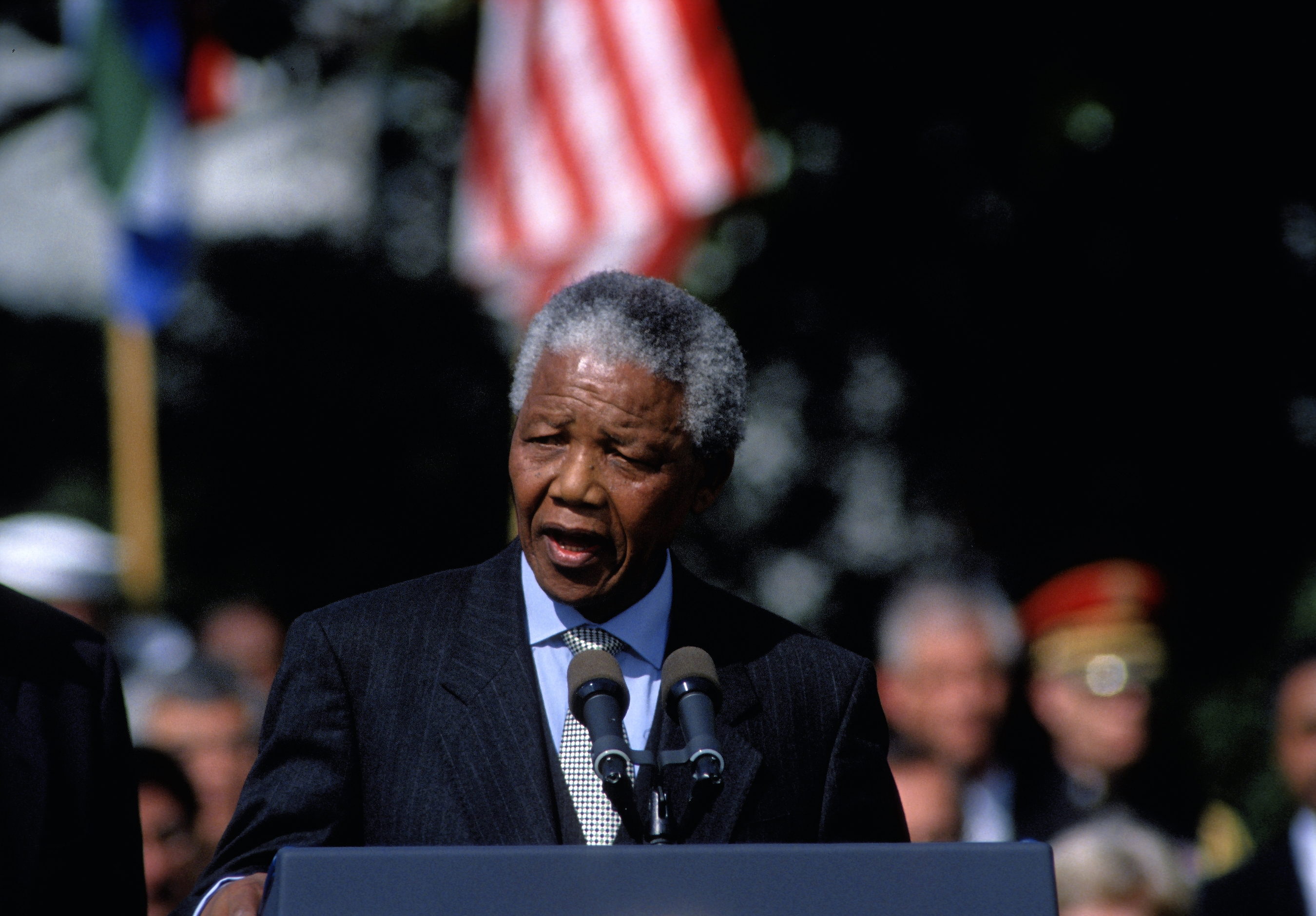The personality of leadership
When we think about leadership nowadays, especially in parts of the world that have liberal democratic forms of governance, we think of leaders as representatives of their people. We believe that they are representing the views of their people. This is even true in societies that are not particularly democratic.
Nevertheless, it’s not just the beliefs or views of leaders that are relevant. Their position draws upon something deeper than that. We put individuals with personalities with which we identify into places of leadership.
Typically, we regard a leader’s policy platform as particularly consequential, especially in liberal, democratic states, where we believe elections have everything to do with policies. We carefully consider proposals and decide whether or not we support them as an integral part of our decision. Yet, the truth is that very few people – even journalists and politicians – actually read manifestos before they decide whether or not to vote for an individual. Most people vote emotionally because they identify with the person and they say, ‘I agree with that.’ We don’t necessarily approve of everything the individual says, but we identify with him or her on a personal level.
Recently, people have tried to explore why people vote for Donald Trump, the President of the United States of America, when they clearly can’t agree with everything he says, because he himself changes what he says very often. They say, ‘Well, no, I don’t agree with everything he says, but he’s standing for the kinds of things that are important for me.’
In other words, in his very personality, he is representing something of what one might even call the personality of the community, of the people that vote for or support him. I discovered, many years ago, when I was looking at the personality of political leaders with whom I was engaging, that in their very approach, they were representing the personality of their community. Their community might be a rather dependent community – for example, the Protestant Unionists who are very dependent on the British Government and who sometimes elected leaders who represented that rather dependent approach. On the other hand, those who were feeling angry and frustrated, whether they were Irish Republicans or Protestant Loyalists, would elect leaders of their community who represented that in their personality. It was culturally congruent with where the community was at.
Being a leader
A leader does not just intellectually or cognitively represent the views of people. They are, in their personality, representing them. If we simply have leaders who represent where your community is at, and your community is in conflict, then they’re going to continue with the conflict. What we need is what the great student of leadership in the United States, James MacGregor Burns – who is sadly no longer with us – called “transformational leadership”. In other words, someone who represents their people, who understands them, who engages with them, but who also understands the problems of continuing in that way of going and is able to think about and articulate some form of vision; an understanding that where we are now is not a very good place and that we therefore have to try to move forward to a new and different place.
A transformational leader must be able to articulate this in quite subtle ways. You can’t, for example, turn to your people and say, ‘Well, I know that we’ve had all sorts of sacrifices in recent years, or maybe even generations, but that was all a big mistake. We’re not going to do that anymore.’ Many people in the community would simply reject that leadership. The leader must find a way of developing a narrative and a way of thinking and feeling about the past and about a possible better future; then, begin to map out all ways of moving forward, in a new direction. People must be ready to receive that, even though they may not always be ready to.
Nelson Mandela didn’t particularly change his message over his lifetime. For many years, he had the same view, but the external context changed and people were able to listen and respond positively to what he was saying. It implies developing a vision – not necessarily in detail – and that’s one place that Liberal Democrats often make a mistake. They think it’s all about having very detailed manifestos. It’s not. I remember one political leader in Northern Ireland saying to his people, ‘We have to find a way of living that all of us can accept.’ It may not be what we want, but it has to be something all of us can live with. People began to say, ‘Well, you know, after all the years of trouble, that is what we were not prepared to give up. We were not prepared to accept something that we can’t live with. But maybe we can find something.’
Another one of the leaders on the Protestant side said to his own people, ‘Just because those guys have done terrible things to us doesn’t mean they can’t have a different kind of future.’ He was acknowledging that the enemy had done horrible things, and he wasn’t saying that they could be whitewashed or taken away, but that the future does not have to be a rerun of the past. So, he was opening the door to a possible new vision without being unrealistic about it.
Transformational leaders must be able to identify and be identified with their community, but they also have to have the courage, creativity and communication skills to expound to their own people, not just in what they say but in how they conduct themselves. They must present a new set of possibilities that proves attractive to people who can then afford to take the risk of following them.
We often concentrate on leaders and leadership. This notion of followership was also something developed by James MacGregor Burns, who rightly pointed out that if you are a leader with no followers, you are not a leader anymore, and that capacity for change is something that the leader can help to develop.
There also needs to be people in the community who want the change and are prepared to support the leader but do not need to be senior leaders themselves. That capacity for followership is, first of all, necessary at a mid-level in the community. There need to be mid-level leaders that can transmit these hopeful messages and new opportunities to the community in general.
Then, there needs to be a desire within the community to change, because it is tired of whatever the old way is, perhaps because it hasn’t been successful, or perhaps because people have suffered such a lot that they realise things need to change. Sometimes specific events can trigger that.
I remember in the 1970s, when we had the trouble going on for some time, women, and mothers in particular, were beginning to become deeply unhappy about what happened because of the effect it was having on their families and on their children. Following a particularly unpleasant incident when some children were killed as a side effect of a violent chase between the police and the terrorists, the women came out onto the streets and said, ‘This has to stop. I don’t care what your politics are. I don’t care what you think about the democracy or the lack of democracy. This is about people. This is about our children and our families. And this has to stop.’ For a time, that created an atmosphere that allowed people to follow leaders who were being more constructive.
Now, unfortunately, what happened then is what often happens: in peacetime, people began to say politics is so disturbed and horrible that we want to do this without politics. Of course, it’s not possible to do that without politics. What you need to do is transform the politics, and it didn’t prove possible to do that at that time, for many reasons. What was possible was to create an atmosphere that enabled and encouraged people to follow constructive leadership for a period of time that went into abeyance. It then had to be recreated at another stage. So, we need to create a context where people feel able to follow, and where the followership is as important as the leadership.


